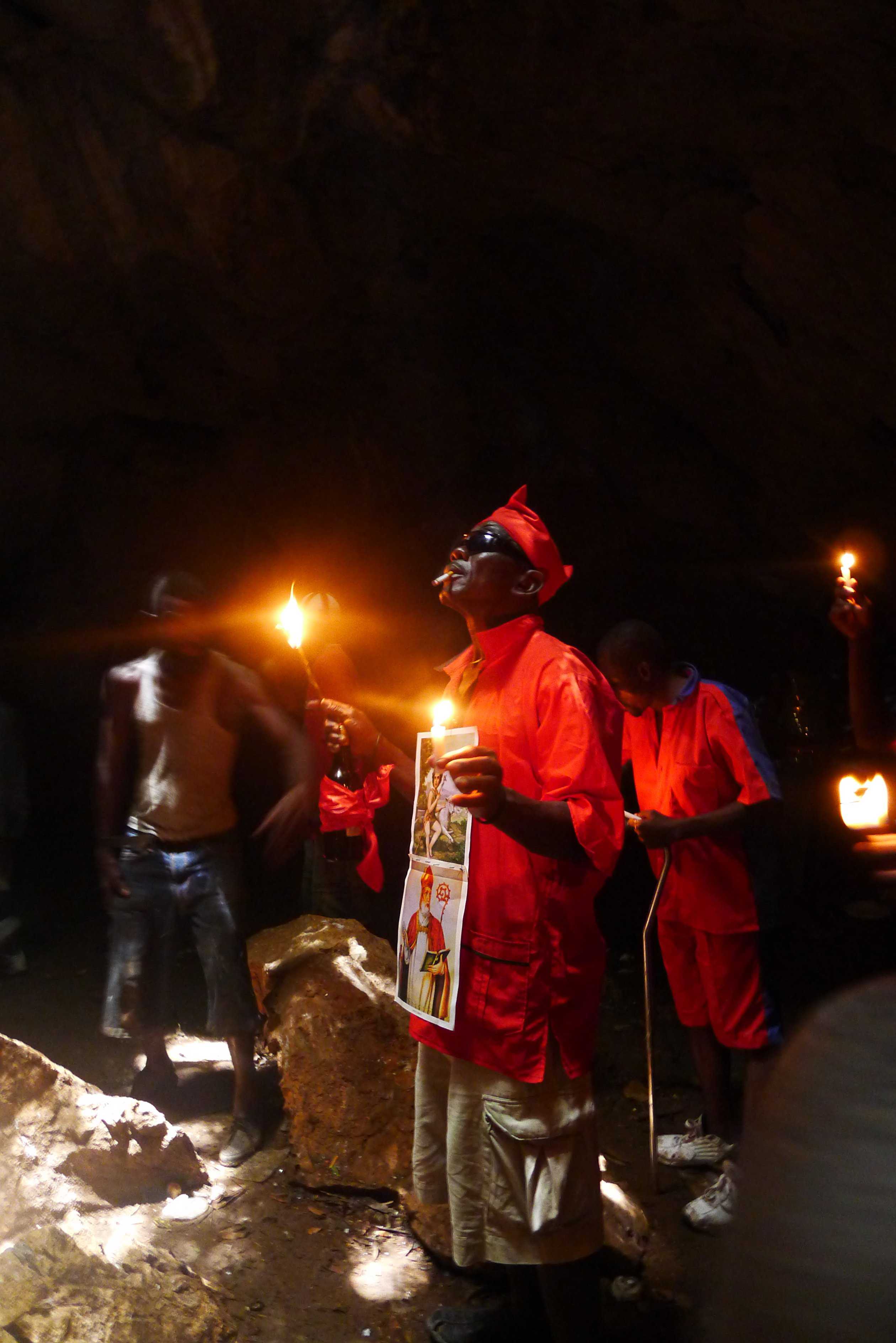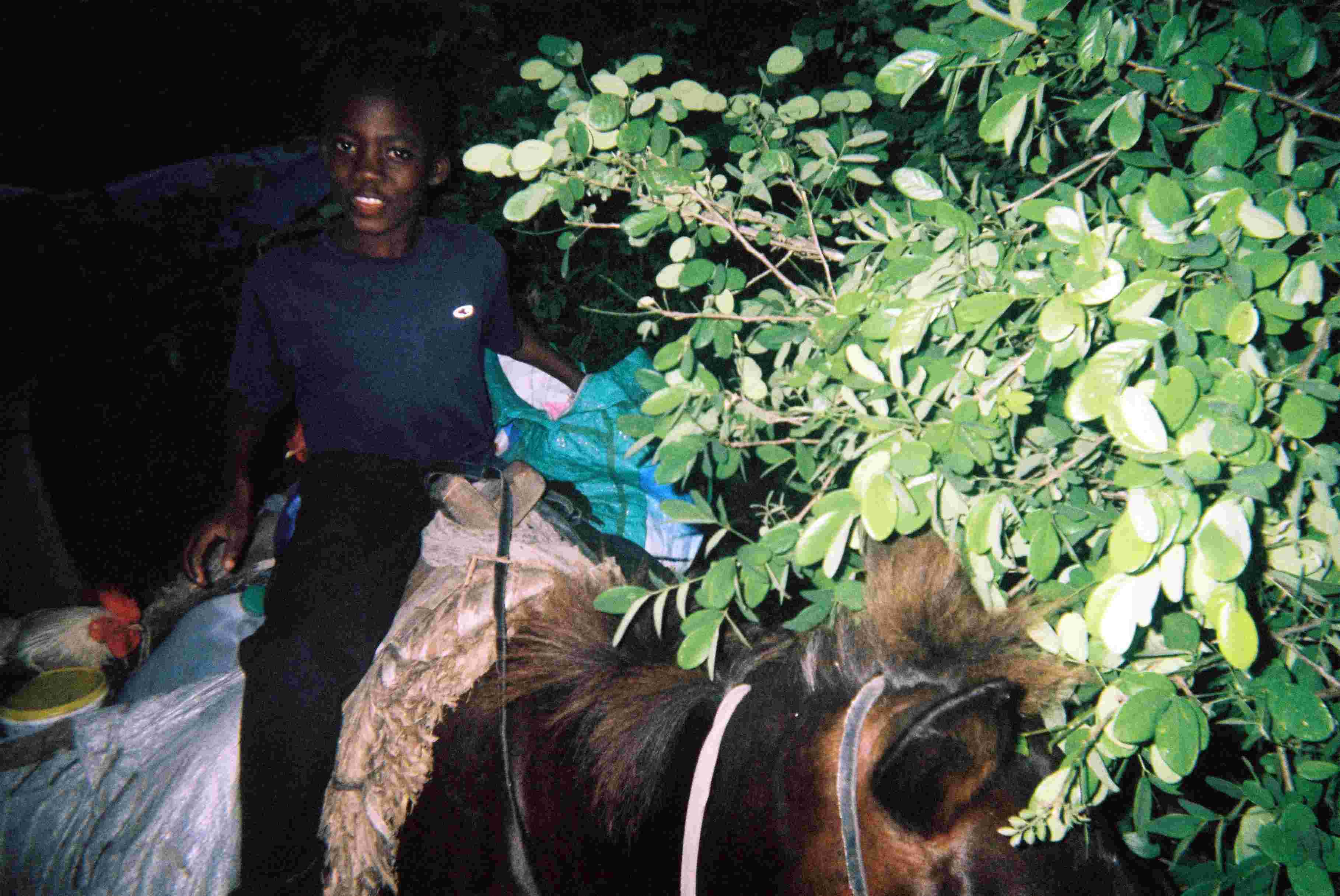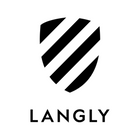PAUL KWIATKOWSKI: HAITI

 During the summer of 2011 photographer Paul Kwiatkowski witnessed a Vodou pilgrimage in Haiti’s northern region. Despite the destruction brought by the earthquake in 2010, Haiti retained its magic and rich culture. A genuine interest took Paul to the caves where animal sacrifices, Vodou trances and rituals take place every year. Growing up in South Florida, Haiti always felt both far away and close.
During the summer of 2011 photographer Paul Kwiatkowski witnessed a Vodou pilgrimage in Haiti’s northern region. Despite the destruction brought by the earthquake in 2010, Haiti retained its magic and rich culture. A genuine interest took Paul to the caves where animal sacrifices, Vodou trances and rituals take place every year. Growing up in South Florida, Haiti always felt both far away and close.
 What took you to Haiti in 2011?
What took you to Haiti in 2011?
I used to work in photojournalism and a friend who is a reporter invited me. The earthquake had just happened, so he asked if I wanted to volunteer for a charity and while we were there we could photograph the Vodou festival in the island. So I couldn’t say no to that offer.

How was it like to see the consequences of the earthquake firsthand?
I hadn’t gone before so I did not have an idea of how it was like, but there was destruction – the infrastructure was all over the place. It seemed that it was a country that was just starting and that was really intense.
Where did you go?
I started in Port Au Prince and I slowly made my way to the northern part of the island to St. Michel and then the caves were very far away from that.

What does a Vodou pilgrimage involve?
Basically every year all the higher ranks of Vodou like the priestess, meet at these caves and is a pilgrimage. They have animal sacrifices, pray and go into trances. To see people go through a trance is a really interesting thing to witness, and very intimate. Being in a closed space with them, with so much blood around, people speaking tongues and passing out, is a really beautiful experience.
How did you feel?
There were so many things, it is something that is hard to describe in words. There was something violent about it and something kind of sexual. The power of those two things in the same place left me speechless.
So, were you accepted in the community straight away?
I just had a genuine curiosity about it. My message when I went to the community was to hang out. I didn’t go here with my camera and cargo shorts and got in people’s faces, I kind of stayed back and started talking to people. I wasn’t there to make money and sell the prints.
Your photography seems to always have a narration, what was the story you wanted to tell about Haiti?
You are right, there is a narrative thread through my photography and my writing, but I didn’t want to really make a humanitarian statement about Haiti. I just wanted to illustrate what it was like to be there at that specific time.
You are a self-taught photographer. What’s your story with photography?
When I was in high school I really gravitated towards photography. I was really shy and the camera was a great tool to hide behind and meet people. It’s funny because now the opposite is true, when you are walking around with a camera it is isolating and strange. It was just something I felt really comfortable with and with film is always a surprise. It was really spontaneous.
 You are also a writer and an art director. Can you separate those professions or do they merge together in your life?
You are also a writer and an art director. Can you separate those professions or do they merge together in your life?
I think when things are going well, they merge but it is healthy to start separating them. Right now I am working as a photo editor, which seems to be incorporating all those things together but I feel I’ve put some of my personal work aside.
 So, are you working on something at the moment?
So, are you working on something at the moment?
Yes, I am working in a collaborative project with photographer Tom Griggs who lives in Colombia. I spent some time in South America years ago when I lost my job in photojournalism. Unfortunately, I lost all my photos in a bus hijacking in Ecuador. The collaborative project is a book of photos and text about a plane accident that happened in Venezuela and the relationship between technology and photography.
Article By: Laura Rodriguez Castro.
- Tags: Interviews

